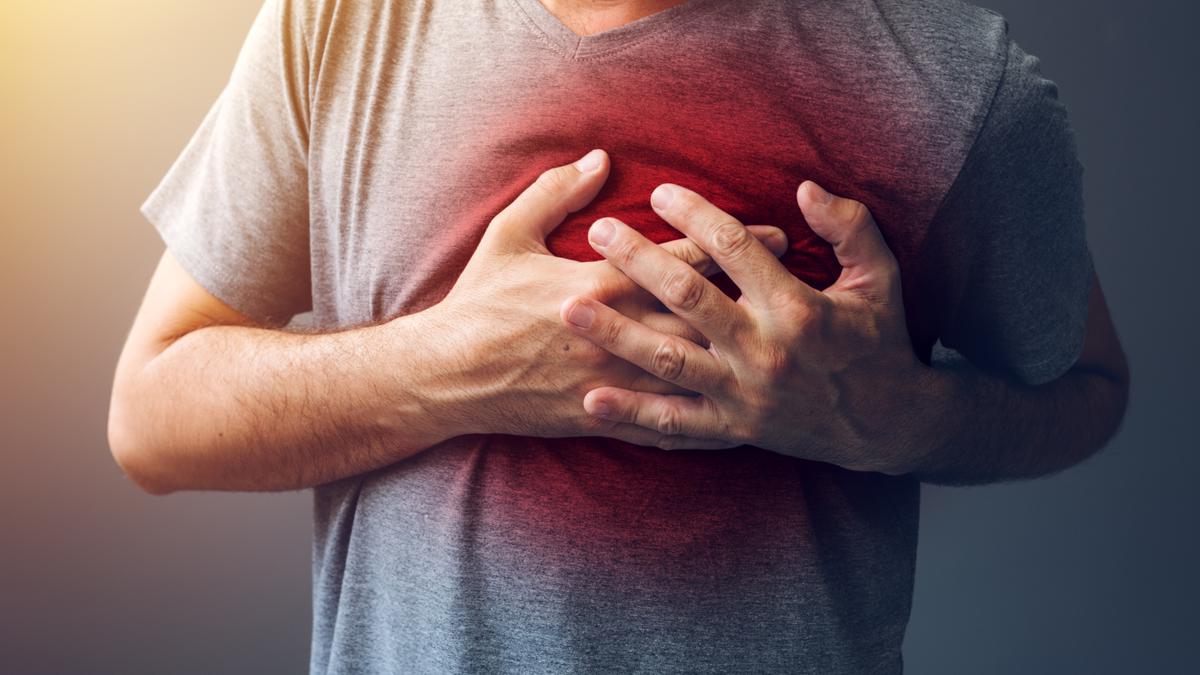
There is life after a stroke, with proper rehabilitative therapy Premium
The Hindu
Secondary prevention strategies and neuro-rehabilitation services for stroke survivors in India continue to be neglected, consigning these persons to a lifetime of disability.
In April 2021, in the midst of the pandemic, Diya, a 20-year-old BDS student was rushed to the emergency stroke unit of Sri Chitra Tirunal Institute for Medical Sciences and Technology (SCTIMST). She was in a coma following a major stroke. She had severe brain swelling and needed emergency surgery. As she was rolled into the theatre, no one would have believed that two years later, she would live to tell her tale.
(For top health news of the day, subscribe to our newsletter Health Matters)
On World Stroke Day, Diya, now in her third year BDS, stood before a packed audience at SCTIMST and spoke about her long and often frustrating journey of recovery, the depths of depression and despair that she often sunk into and how her loved ones never let her give up on herself. “Diya suffered a rare complication following the COVID vaccination: venous thrombosis. This resulted in a major stroke. Post-surgery, she had weakness in her limbs, her speech was affected and it took a year of rehabilitation for her to recover. She was young, highly motivated but most importantly, her family was with her every step of the way, which made a full recovery possible,” said Sylaja P.N., Professor and Head of Neurology, who heads the Comprehensive Stroke Care Centre at SCTIMST.
In sharp contrast, far away in a small shack behind a row of small two-room houses off the coast of Poovar, lies 42-year-old Francis. He was on a fishing boat at sea, along with his brothers and friends, when he suffered a major stroke. By the time he was brought ashore and taken to the hospital, much time had elapsed. He was treated in the Government Medical College for over a month and discharged, because, “there was nothing more to be done”.
Paralysed on one side of the body, his speech incoherent, Francis is now confined to his bed. He spends his days alone because his wife has to go fish vending to feed their family of five. Apart from the palliative care volunteers who make a weekly visit to change the urine catheter, he has no contact with the outside world. The once robust fisherman is now a bag of bones, with atrophied muscles. Tears trickle down the corner of his eye when the palliative nurse holds his hand and asks him, “Sukhamano?” (Are you good?)
“There is life after a stroke. With proper rehabilitative therapy, family support, motivation and mental health support, most stroke survivors can make a good recovery and lead near-normal lives. They can at least be made independent so that they do not become a burden on their families. Some very motivated patients like Diya make a complete recovery. But each person’s life and socio-economic background is different. It is sad but the after-stroke life of 50-60% of stroke survivors in the country resonates with that of Francis,” Dr. Sylaja said.
At least two-thirds of stroke survivors experience motor, sensory, visual, swallowing, language, cognitive, and psychological impairments that can limit daily activities and restrict participation in family, work, and social life.

Thomas Jefferson and Abraham Lincoln are two of the greatest presidents that the U.S. has seen. You probably know that already. But did you know that Jefferson made what is considered the first contribution to American vertebrate paleontology? Or that Lincoln is the only U.S. president to receive a patent? What’s more, both their contributions have March 10 in common… 52 years apart. A.S.Ganesh hands you the details…












